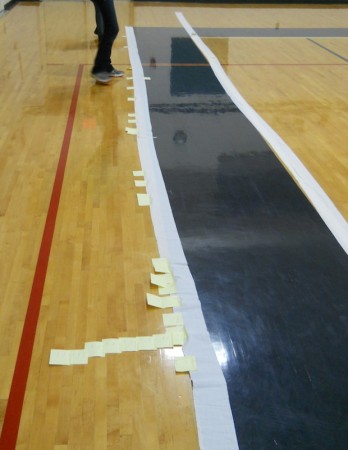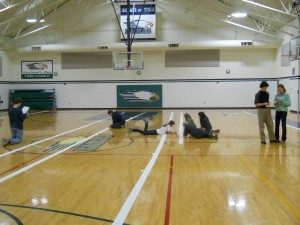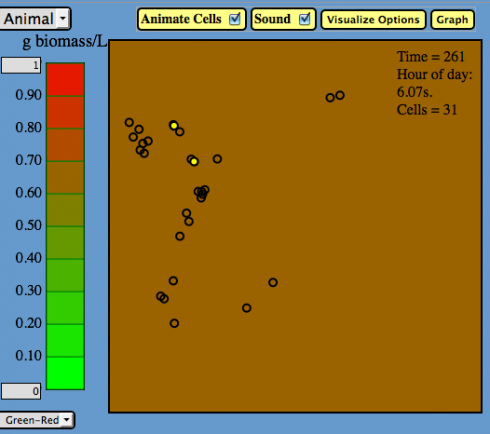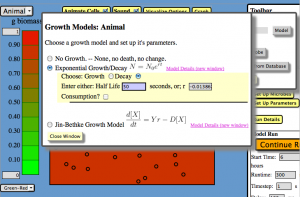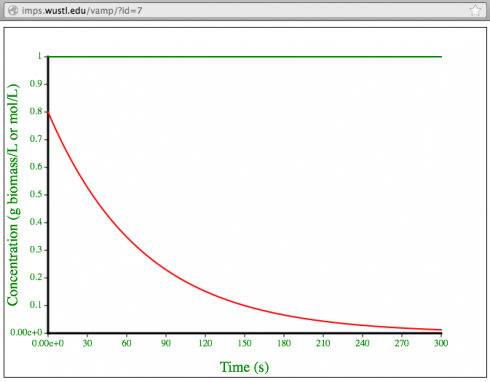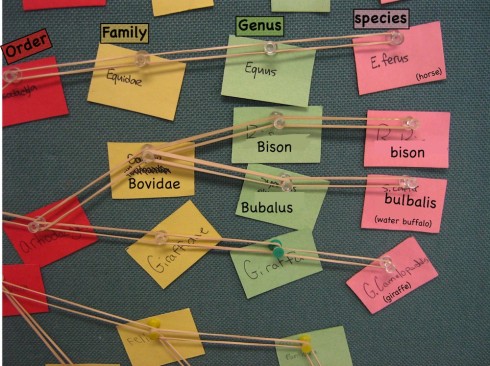Diversity has been a recurring theme this semester. It started with the diversity conference our middle schoolers attended earlier this year, which, unfortunately, I’m not sure they got a lot out of. As a result, I’ve been making a little bit of a point to bring up the subject when it intersects with our work. This week were were talking about evolution and natural selection, as was able to talk about the practical advantages of both genetic and social diversity.
When the environment changes, species don’t usually have time to adapt. Instead, individuals who already have the genes for beneficial existing traits — traits that work well under the new conditions, like the ability to survive warming climates — will tend to breed more, and over the generations, more and more of the population will have the advantageous trait.
Therefore, to ensure the continuation of the species, we’ll want to have the maximum amount of genetic diversity.
Then I tacked. I asked if anyone was not interested in seeing the continuity of humanity, and the usual wags piped up to say that they could take homo sapiens or leave it. So I showed them the Voluntary Human Extinction Movement website. VHEMT advocates that people voluntarily stop having kids so that humanity eventually will become extinct, restoring the Earth’s environment to a healthy state. Their motto is, “May we live long and die out.”
The class was pretty uniformly aghast.
I particularly like the VHEMT website because it’s really hard to tell if they’re serious or not; which drove my students a little bit crazy. And I eventually got the key question I was angling for, “How could anyone want humans to go extinct?”
My response was, for them at least, quite unsatisfactory, because I chose to answer with a different question: “Do you think that diversity of thought is good?”
For some, their answer was no. However, I then reminded them of that first amendment to the U.S. constitution has to do with freedom of expression, which does seem to suggest that the founders thought diversity of ideas was a good thing. Just like species, countries with greater diversity of ideas are more likely to be able to adapt to changing conditions and succeed.
The application of evolutionary theory to social situations has, historically, been fraught with abuse (see the eugenics movement in particular). I also did not have time to bring the conversation back to why we might want to protect biodiversity. However, this particular lesson gets the point across that diversity has some important practical benefits that might not always be obvious.
Notes
An interview with VHMET on the Discovery Channel:
